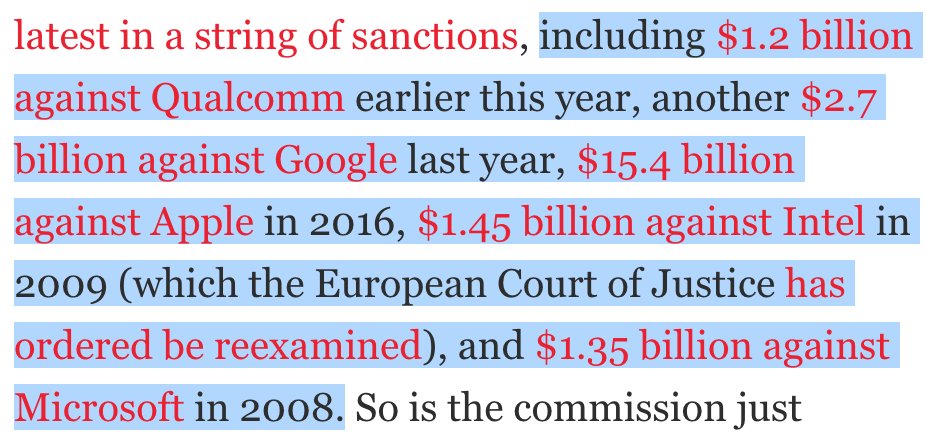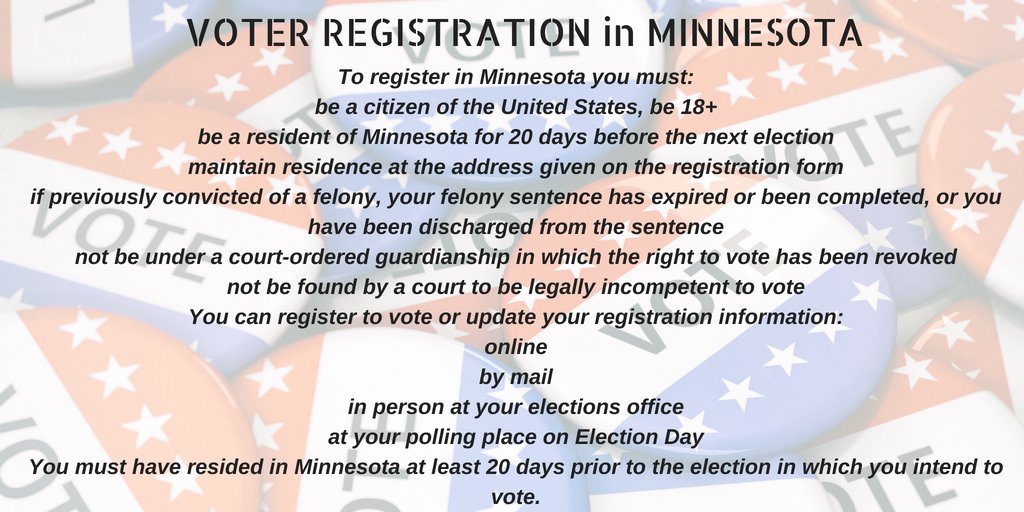First, some background. El Salvador was not a liberal bastion prior to the Reagan administration’s showing up. The political order in El Salvador had long depended on a partnership between oligarchs and the military.
Attacks on U.S. intervention always leave out the other foreign players.
The guerrillas were nasty bastards who sought to inflict as much physical damage to the country as possible.
And they carried out truly infamous acts, although they are rarely mentioned now.











